Looking for reliable movers in Canada? Explore our expert-reviewed list of the best moving companies with standout services and verified ratings.
Our lessons from the F50 Summit






Our lessons from the F50 Summit
.png)
Table of Contents
The future of our industry has been decided.
Ever been in a room where you could feel an industry turning a corner? That was the energy pulsing through Napa Valley last week at the Fortune 50 of Moving Leadership Summit: a gathering of the most influential CEOs and executives shaping the future of how America moves.
.jpg)
.jpg)
TL;DR
We had a massive opportunity to set the most forward-thinking moving companies up for success in 2026, and so we did something about it.
Supermove hosted the inaugural F50 of Moving, an invite-only event where we brought together some of the largest and fastest-growing movers and van lines to help carve a path forward for how AI will transform the future of moving.
By the end, one thing was clear: the companies who attended and moving first on AI are already pulling ahead.
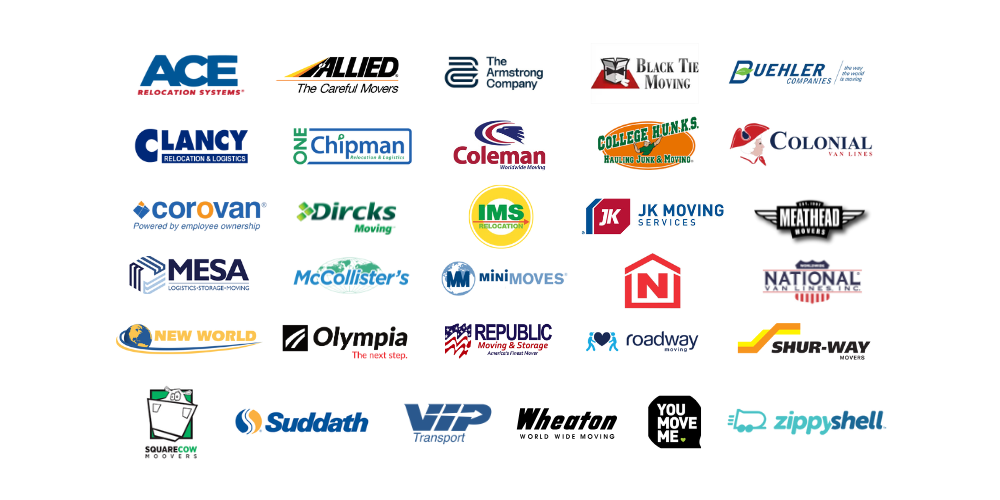
The industry is changing, fast.
We all feel it. The moving business is shifting under our feet.
Margins are tighter. Systems are disconnected. The market is hyper-competitive, and customers are more price-sensitive than ever. And growth now has to happen with fewer resources, not more.
As Tracy Bech, co-author of 60 Minute CFO, put it best:
“The path to profitability isn’t raising prices or cutting costs, it’s about getting more done with what you already have.”
That idea set the tone for the week. Because if AI really is the biggest technological shift since the internet, the real question became:
How do we make sure it actually works for moving companies, not against them?
Our big lessons from the F50 Leadership Summit
1. Confront the uncomfortable
Supermove CEO Wonjun Jeong opened the summit with a powerful truth: AI is the biggest opportunity of our lifetime. He traced the industry’s evolution from paper and pen to mobile and virtual tools, showing how AI is now reshaping every timeline.
The message was simple. Technology will reward the fast movers, not the wait-and-see.
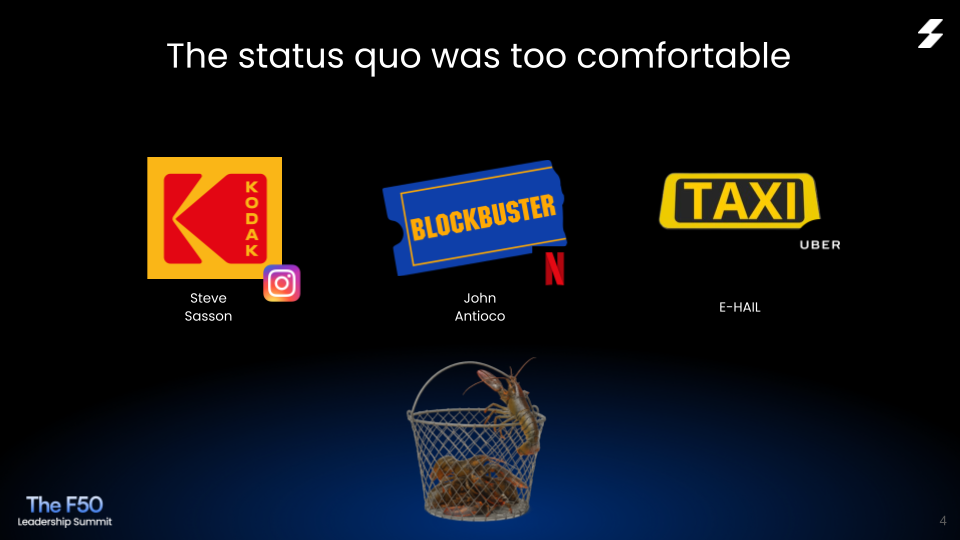
In Wonjun’s words, “Fall behind on AI now, and you stay behind forever.” He emphasized that AI isn’t just advancing — it’s improving at an exponential pace. Every few months, new capabilities are emerging. The movers who start now will be miles ahead, benefiting from each leap in performance and capability, while those who delay will find themselves playing catch-up against competitors who’ve already built momentum.
.png)
He then showed how AI is transforming every role, from dispatchers to sales teams, and predicted that the next generation of movers will scale from one back-office employee per $1 million in revenue to one per $5 million.
Another important reminder he shared with the room was that movers are not the only ones facing rapid transformation with AI, customers will be too. He expects that by 2030, consumers will be leaning on their own AI agent to handle their personal and work tasks, and even complex negotiations.
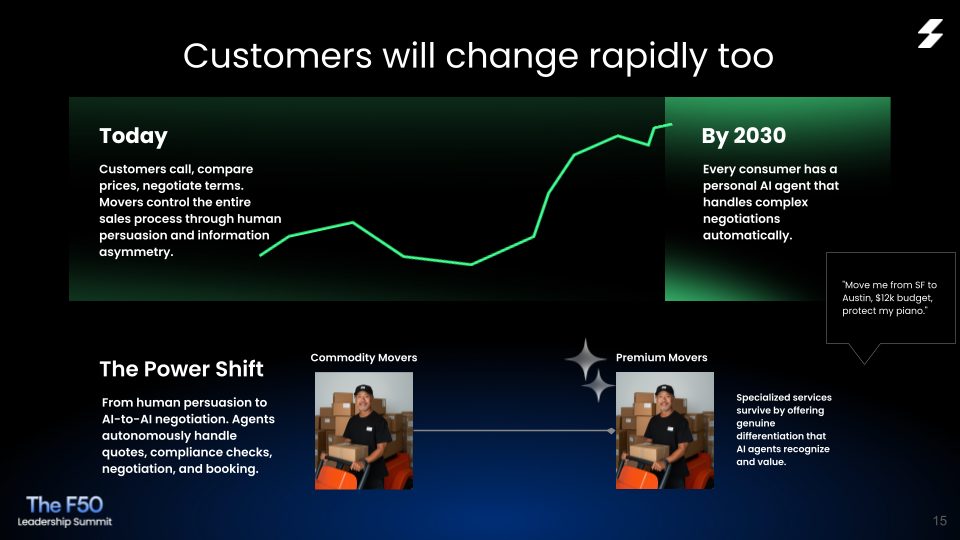
Soon we’ll be in a reality where your AI agents are working directly with your customers’ AI agents.
So business leaders have a lot to get done between now and then.
What did the leaders think?
When we surveyed the room on where exactly the leaders believe the biggest impact AI will have on their business, here’s how they responded:

The clear winner was customer service and support, followed by sales and operations. It’s proof that the companies investing in AI today are already thinking about customer experience, not just efficiency.
2. Culture is a catalyst for innovation
Andy McCall, General Partner at Andreessen Horowitz, reminded everyone that culture is not a fuzzy buzzword, it can be a powerful growth engine when built intentionally. It cannot be delegated to someone else, like your Head of IT. It starts with you, as the C-Suite or President of the business.
“Culture eats strategy for breakfast,” he said, quoting Peter Drucker. But then he made it practical. Innovation, he noted, starts with a leader’s vision but only takes hold when a strong culture turns those values into daily habits.
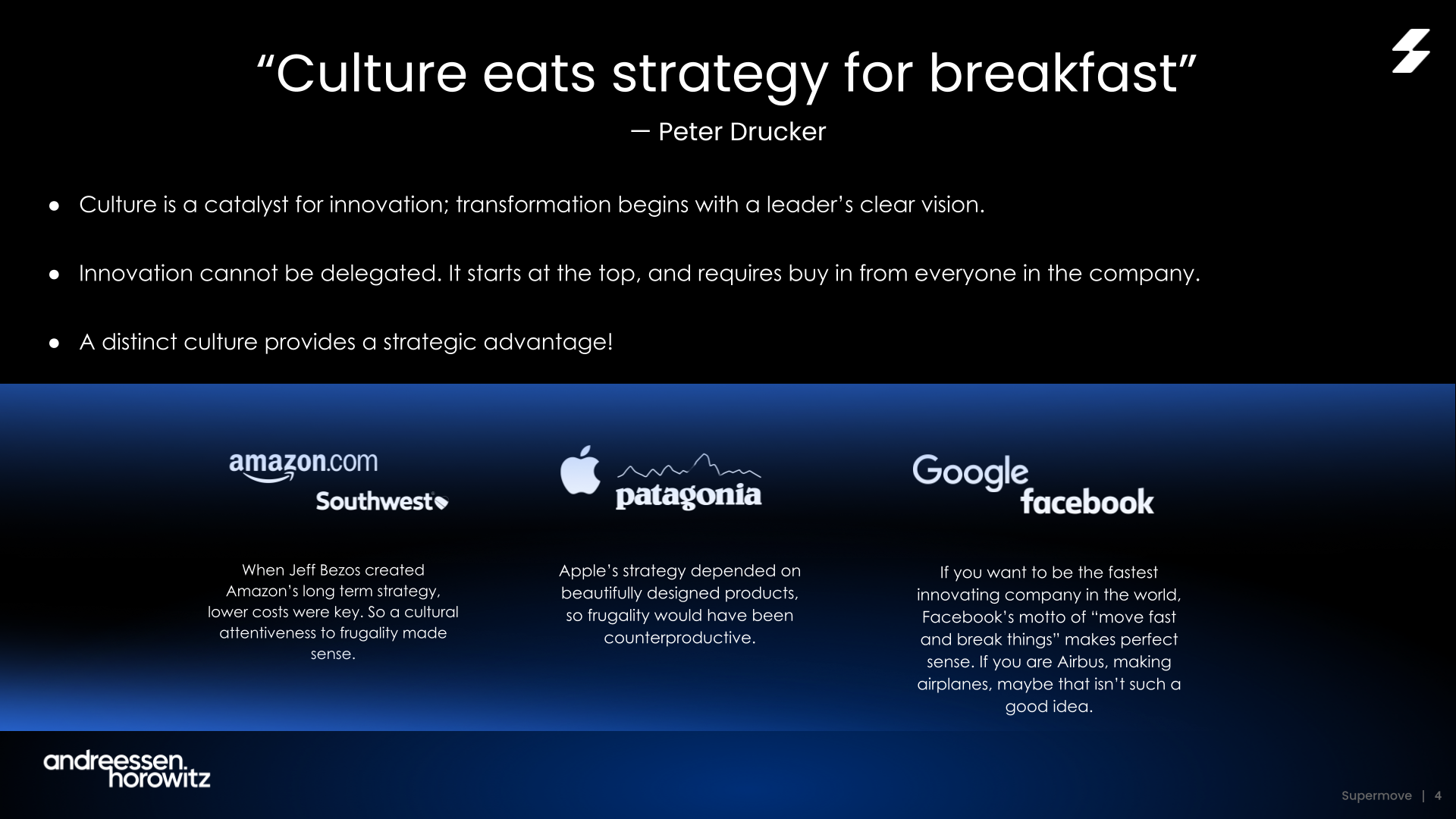
Andy emphasized vision, speed, and people as the key cultural ingredients of transformation. “If you can’t make decisions fast,” he warned, “it doesn’t matter how good your culture is.”
If that’s not happening today, take a hard look internally. Re-imagine how your values are translated into the work today. Hire people who “add” to your culture, and bring on leaders who accelerate your vision.
He left the room with a challenge: if your company can’t move quickly, someone else will.

3. The future is where humans lead and AI executes
Mark Miyashita, Chief Technology Officer at Supermove, showed how work itself is changing. He outlined the transition from manual to intelligent systems, illustrating how AI is now capable of planning, executing, and improving on its own.
He reminded leaders that the moving industry, with its complexity and variability, is actually the perfect candidate for automation.
“AI is executing while humans are strategizing and overseeing the work,” Mark explained. He shared how AI agents can manage repetitive workflows—from quotes to accounting—freeing teams to focus on customer experience and strategic growth.

He brought his point home by showing how other industries are already using innovation to deliver speed, efficiency, and customer delight.
Here’s an example from Uniqlo shared by Mark:

The future org chart, he predicted, won’t grow by headcount but by horsepower. Everyone’s output in your office will grow exponentially, powered by AI agents executing on the workflows.

4. Your narrative is your strategy
Brand strategist Jaimen Sfetko caught the room’s attention by calling out that almost 85% of moving companies say they are “customer-first” as one of their key differentiators. She urged leaders to take a bigger step further and focus on what customers remember: their story.
“Your narrative is your defensible edge,” she said. “It’s what gives people a reason to expect more.”
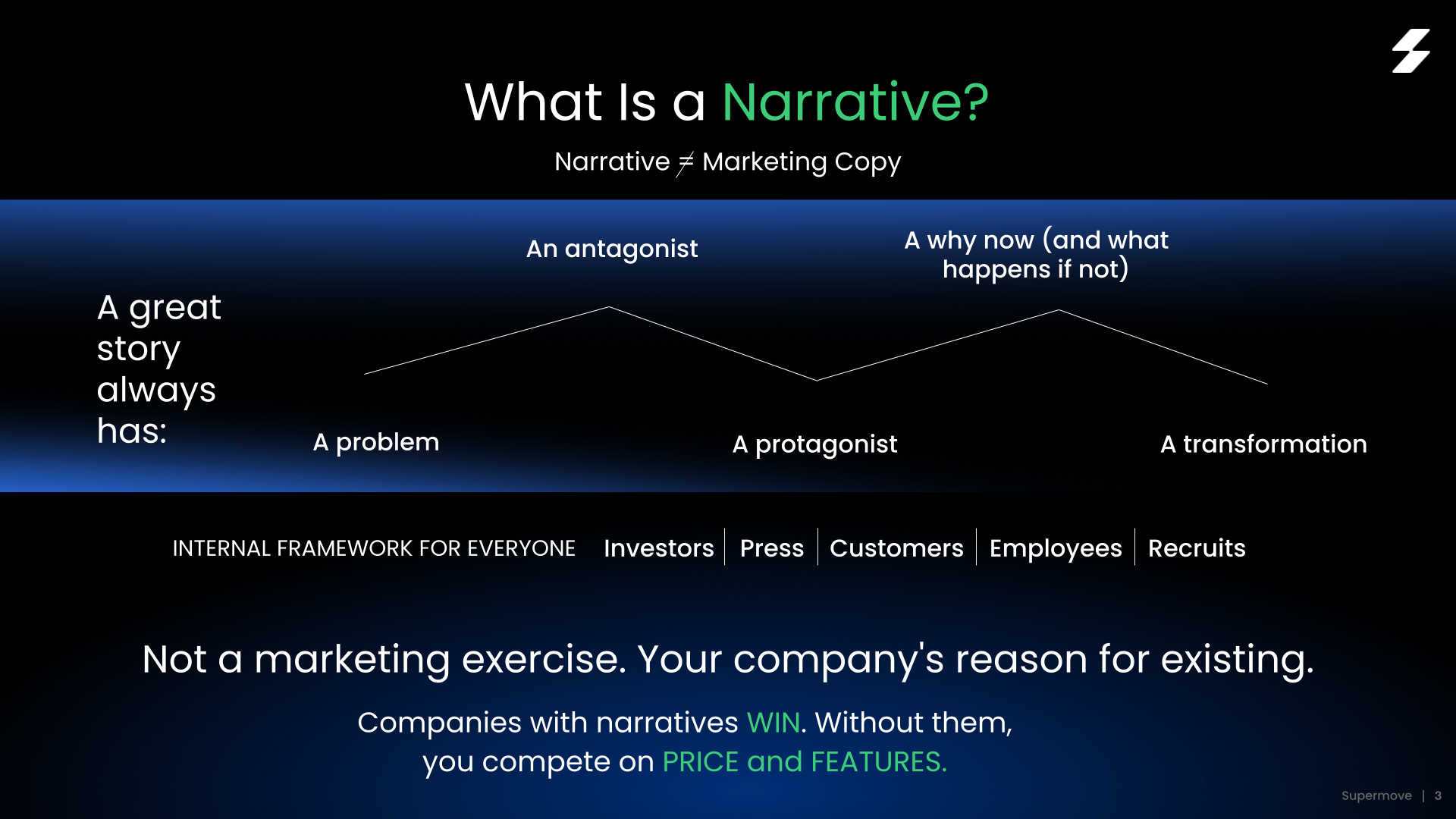
She challenged moving companies to stop competing on price and start competing on meaning. A strong narrative connects innovation, culture, and customer trust.
You’re here because you are actively transforming your business, and your identity. Now you need to figure out how you translate that into a memorable story.

Great stories and company narratives have five core elements, but the one she emphasized the most was “the enemy”. Without an enemy, there is no hero. That is very much missing in most moving company narratives.
Your enemy ≠ your direct competitor
Your enemy = force holding your customer back.
Once you nail the first four elements, the final is transformation – the reason for this event. “It shouldn’t be a feature dump of everything you do, but a story of the superpowers you give your customers through the investments you’ve made in technology and innovation.”
Her advice: You don’t need to tell people you use AI to be efficient—show them how you connect with customers 24/7, or get them a quote within 1 hour.
5. Marry technology with operational excellence
When Stanley Tang, Co-founder of DoorDash, joined for a candid Q&A, the room leaned in. Few people understand disruption and what it takes to sustain it better than he does.
He shared how DoorDash started as the challenger in an antiquated industry and grew into the category leader by marrying technology with operational excellence.
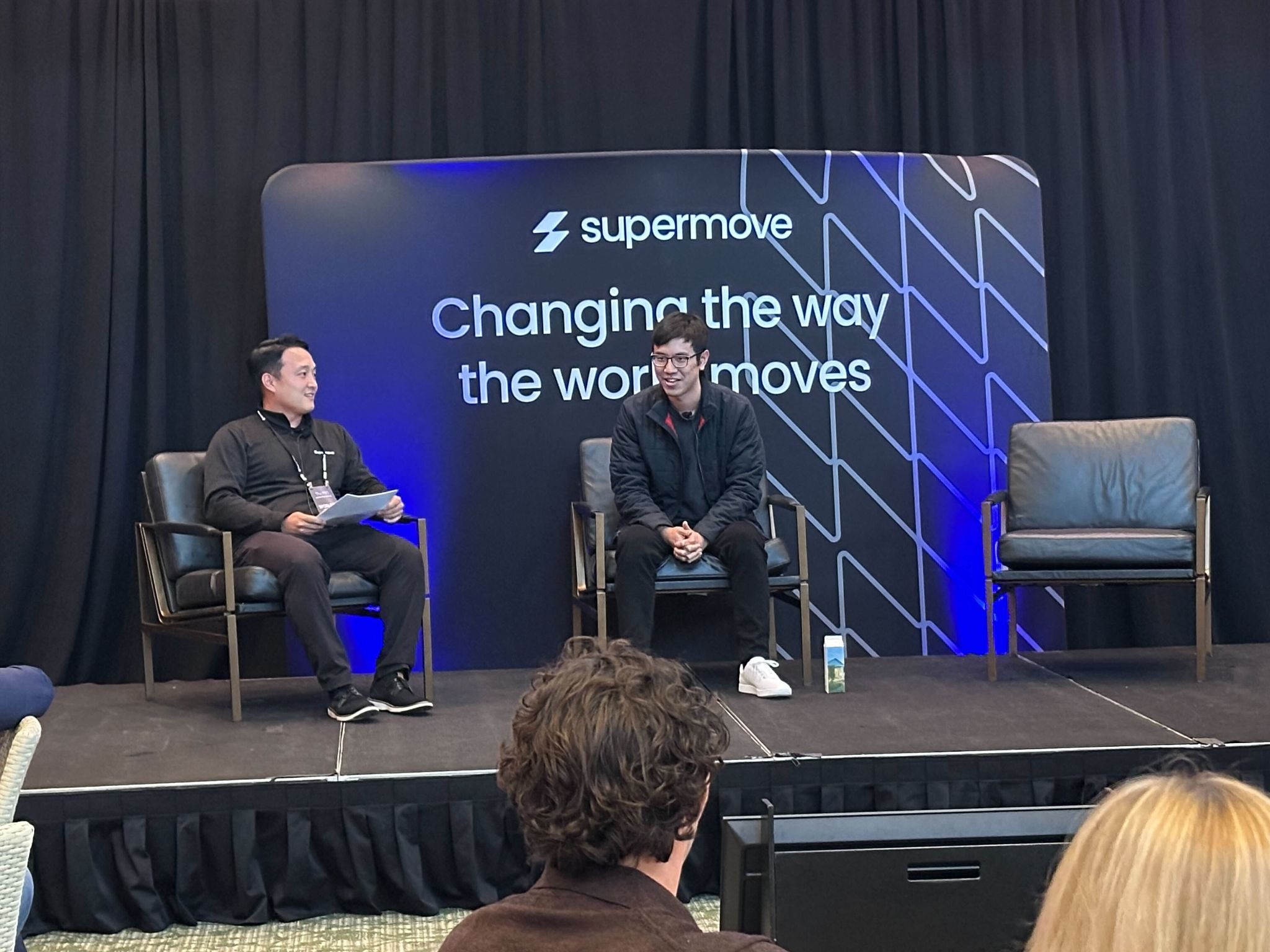
Now, as the incumbent, his challenge is staying innovative and sustaining an environment where people feel free to take bets and make experiments. “Our best ideas don’t come from me anymore,” he said. “They come from our team.”
Stanley underscored a theme that ran through the entire summit: it all starts with culture. Build a culture where ideas can rise from anywhere, and innovation takes care of itself.
Once you’re a market leader, you cannot get comfortable with that position. Stanley made it very clear that his business is still operating like a disrupter: making bets, breaking things and investing boldly in the future because they plan to be around for a long time.
Community > conference
The biggest lesson for us — and one I think our guests would agree with — is that F50 wasn’t just an event. It brought together a community of peers who rarely get to be in the same room.
Every leader in that room is facing challenges that, truthfully, look a lot alike. And what F50 did was give those leaders space to swap ideas, share playbooks, and build partnerships they can call long after Napa.
That’s what made it different. It became a network of the industry’s top operators coming together to move the whole industry forward.


.png)
.png)